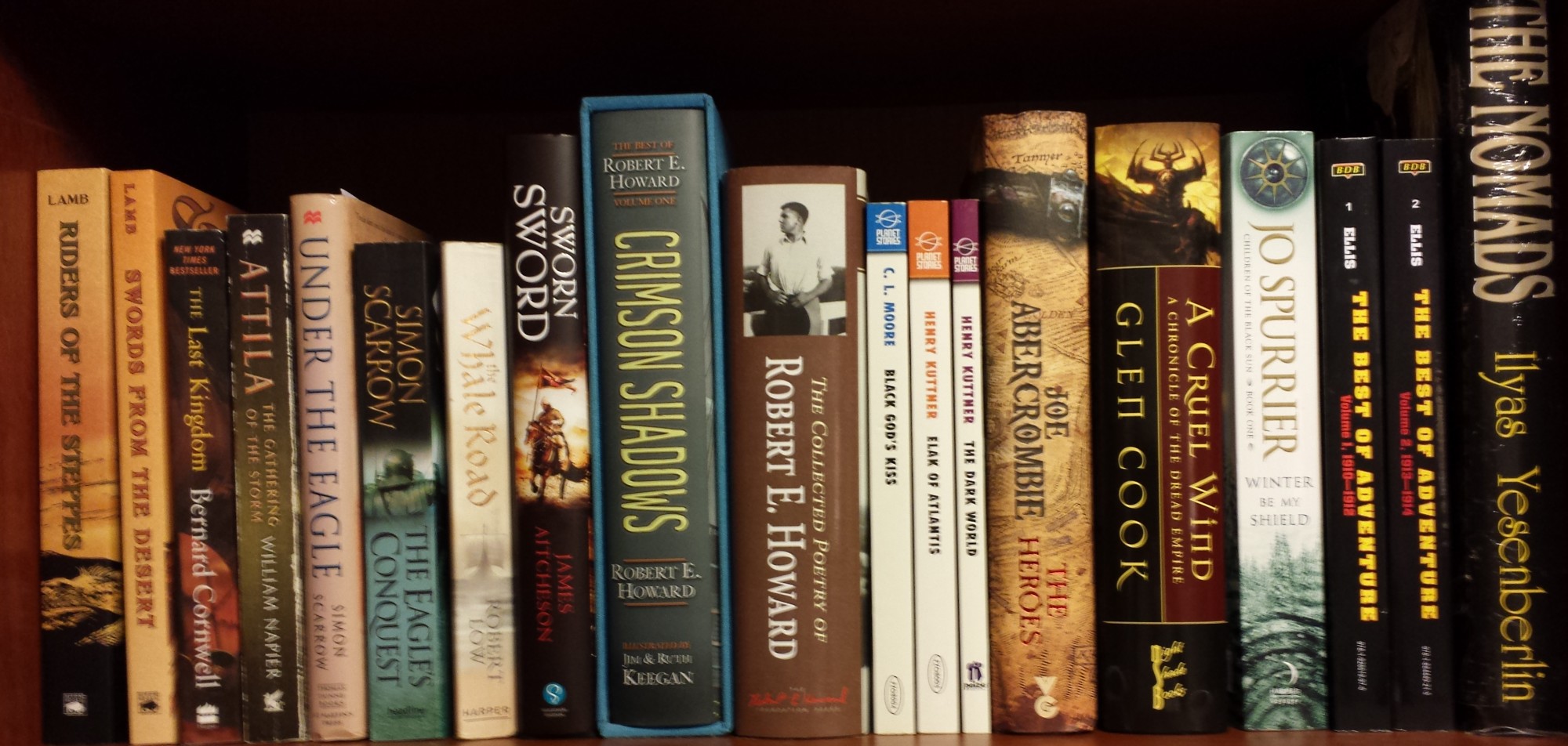For Immediate Release
Hillsborough, NH
May 10, 2013
Amazing Stories Publishes Excerpt From Douglas Smith’s New Novel THE WOLF AT THE END OF THE WORLD
Returns to Publishing Fiction for the first time since 2005.
Amazing Stories, the world’s first science fiction magazine, is pleased to announce that it has returned to publishing new fiction with the release of a substantial excerpt from Aurora Award-Winning author Douglas Smith’s new novel THE WOLF AT THE END OF THE WORLD.
Douglas Smith describes his new novel as being –
“Set in modern day Northern Canada, THE WOLF AT THE END OF THE WORLD is an urban fantasy incorporating First Nations mythology. With an introduction by World Fantasy Award winner, Charles de Lint, the book will appeal to fans of de Lint and Neil Gaiman. In it, a shapeshifter hero battles ancient spirits, a covert government agency, and his own dark past in a race to solve a series of murders that could mean the end of the world.”
Smith’s new novel is a sequel to Douglas’ award-winning novelette, “Spirit Dance”.
THE WOLF AT THE END OF THE WORLD will be published this summer and is available for pre-order. A special discount is being offered to readers of Amazing Stories (sign up for a free membership on site).
Amazing Stories was re-launched in December of 2012 as a social network for fans of science fiction, fantasy and horror and features multiple daily blog posts written by the Amazing Blog Team, comprised of over 100 authors, artists, bloggers, editors and fans. Blog posts cover the entire universe of subjects of interest to fans – literature, film, television, comics, anime, science, audio works, art, collecting, pulps, fandom and more.
With the release of Douglas Smith’s novel excerpt, Amazing Stories returns to the publication of fiction with an excerpt program. Two excerpts of new works will be published every month; featured works will initially be drawn from among the Amazing Blog Team members but the program will eventually open up to outside submissions.
Membership in the Amazing Stories website is FREE. Every new membership directly contributes to the return of Amazing Stories as a fully-fledged professional market for science fiction, fantasy and horror.
The Experimenter Publishing Company
Amazing Stories
http://www.amazingstoriesmag.com





